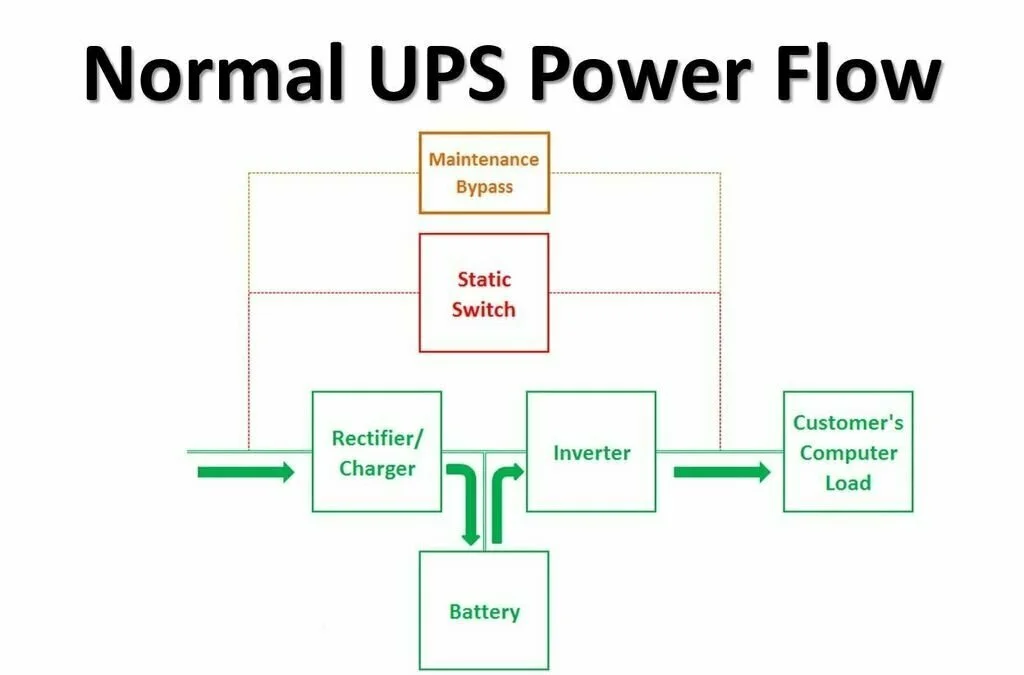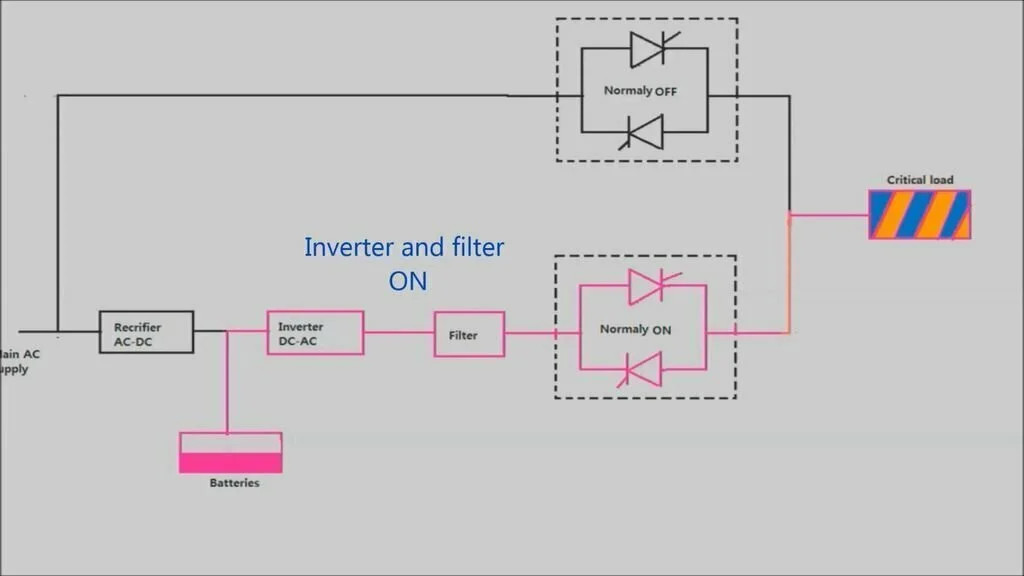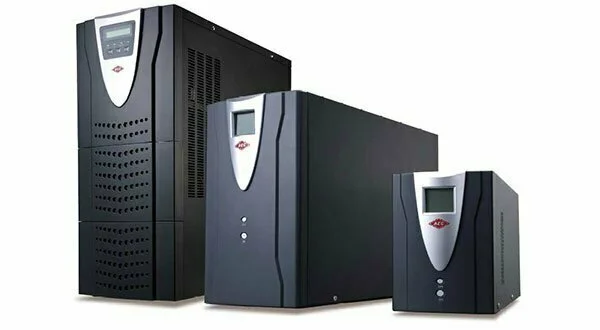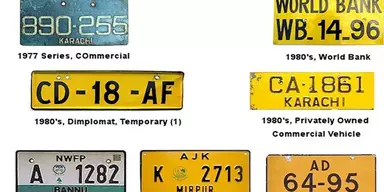UPS, stands for Uninterruptible Power Supply, is the part of Pakistanis lives mainly in summer season. It is an electrical instrument that is used in case of emergency in the event of load shedding or sudden electricity issue. Instead of working as standalone battery and power system, UPS is connected to the main supply and the home electrical equipment so that the flow of electricity remains enabled in case of power down. That’s why UPS is also called as emergency power system or standby generator as well.
It is entirely different from the traditional standby generators as it protects the hardware in case of sudden electricity breakdown by providing the electricity stored in it. That’s why it is called as UPS, Uninterruptible Power Supply. It gets itself charged from the electricity coming from main electricity meter or board.
There are different types of UPS in which four most popular are:
- Standby Off-Line UPS
- Line Interactive UPS
- On-Line UPS
- Fuel Cell UPS
The three most important elements in UPS are a charger, battery, and inverter.
How UPS Works?
In the case of availability of electricity, UPS keep it self-charging. In the event of a power failure, a UPS works by regulating power to the electrical items that are connected to it. In a case of power failure, the static transfer switch shifts the connected load on UPS system. Then the Rectifier Unite converts the AC into DC voltage. The Filter and Regulator Circuit filter and regulate the DC voltage in the smooth charging of UPS battery.
The Inverter that is the main part of UPS converts the DC voltage (coming from UPS battery) into AC. The Oscillator circuit then generates the frequency and supply the electricity via Static Transfer Switch.
How UPS Works Images


How a UPS Works Video















